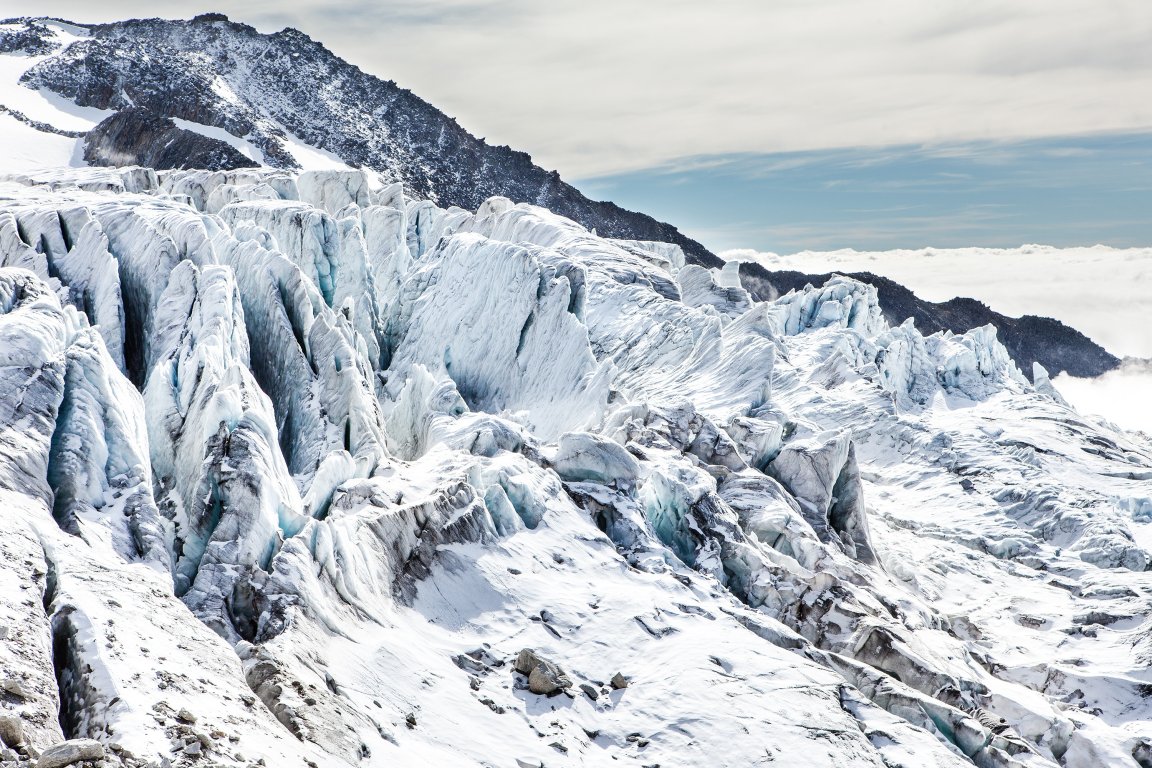
Mass Balance
Climate change affects our world in inscrutable ways, and scientists struggle to capture its interconnected impacts. Antarctica is a good example: global temperatures are known to increase the amount of vapor in the air, and for the frozen deserts of the Southern polar region, this means more snow. A new study has found that as snowfall increases in Eastern Antarctica, ice melt is reduced. In turn, this could potentially help slow down sea level rise.
Does that mean climate change is both causing and slowing ice melt at the same time? Brooke Medley, a NASA research scientist and author of the study published in Geophysical Research Letters, told Scientific American that “there is this kind of balancing act, or a tug of war between the two processes,” what scientists call “mass balance:” as more ice melts, more water evaporates and crystallizes, then falls back to Earth as snow once again.
To test the assumption that snowfall is, in fact, increasing (and that climate change is behind it) scientists reconstructed the continent’s ancient history through a huge ice core, which was extracted in Queen Maud Land, an area in East Antarctica. Trapped in the 500-foot-deep core were 2,000 years of snowfall patterns, from which researchers could extrapolate variations that occurred after the industrial revolution.

Interesting, but Inconclusive
While the first part of the equation — climate change increases snowfall — seems well established, the implication that it may reduce ice melt remains up for debate. Scientific American spoke with Anders Levermann, a climate scientist at the Potsdam Institute for Climate Impact Research in Germany, who was not involved in the study. He pointed out that snow also has the potential to add to sea level rise by falling on more than land: it can also become concentrated on thin floating ice sheets, which it pushes down into the sea. As it does, slopes become steeper and melted ice flows faster towards the water, exacerbating the problem.
Other scientists have noted that, while the study’s results tell an interesting story about the past, it’s difficult to draw conclusions about the future. Jonathan Bamber, a glaciologist at the University of Bristol in England, told Scientific American that “how you tell [the story] really does depend on where you are on that temperature curve.” In Greenland, for example, temperatures are rising particularly fast. Studies have found this rapid change causes snow to come down in bigger crystals. This, in turn, means that they tend to absorb more light, which then increases ice melting.
Whether snowfall exacerbates or mitigates sea level rise remains an open question, but one thing is certain: climate change is causing ice to melt at a much faster rate than any mitigating factor could significantly counteract.